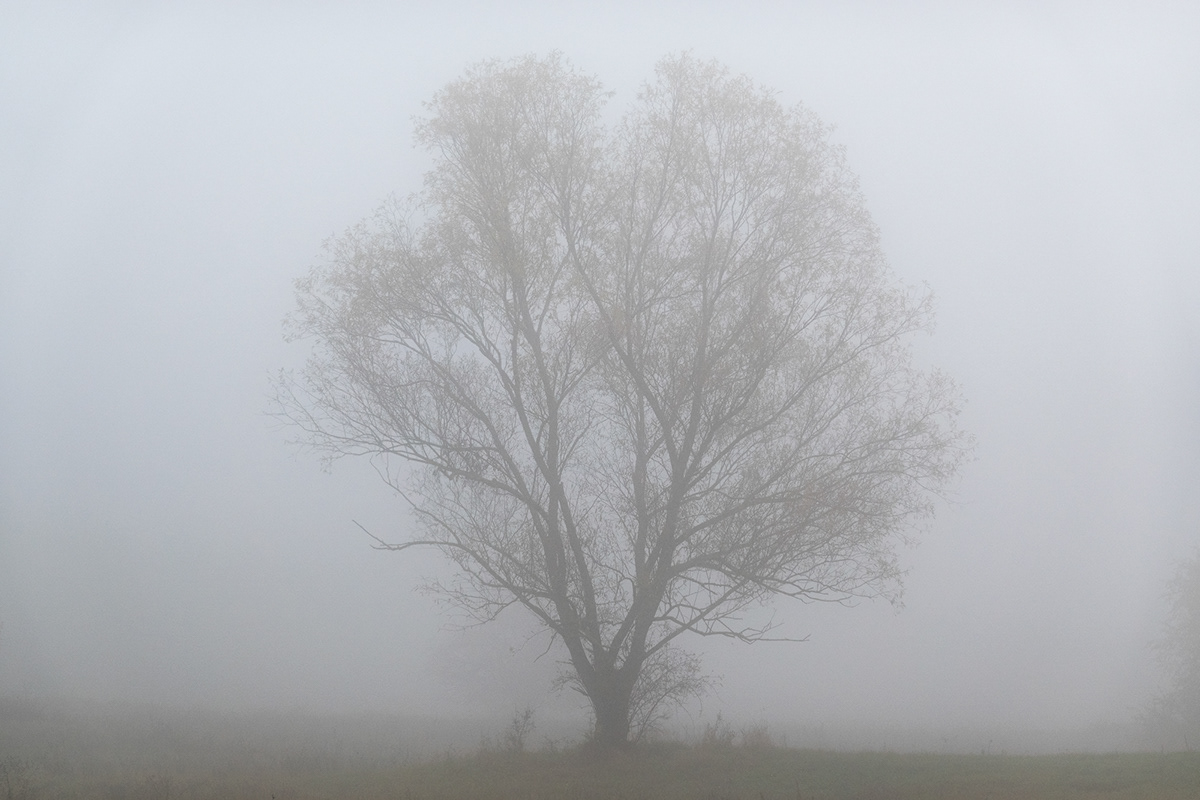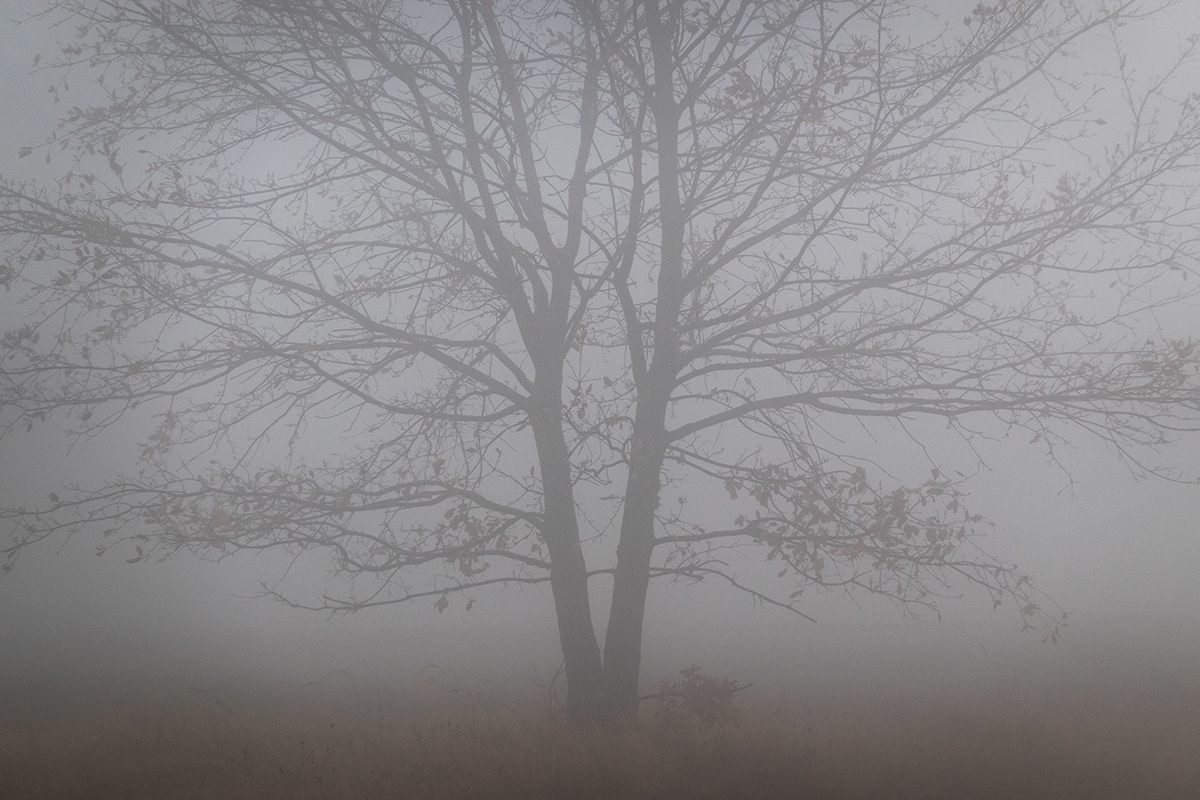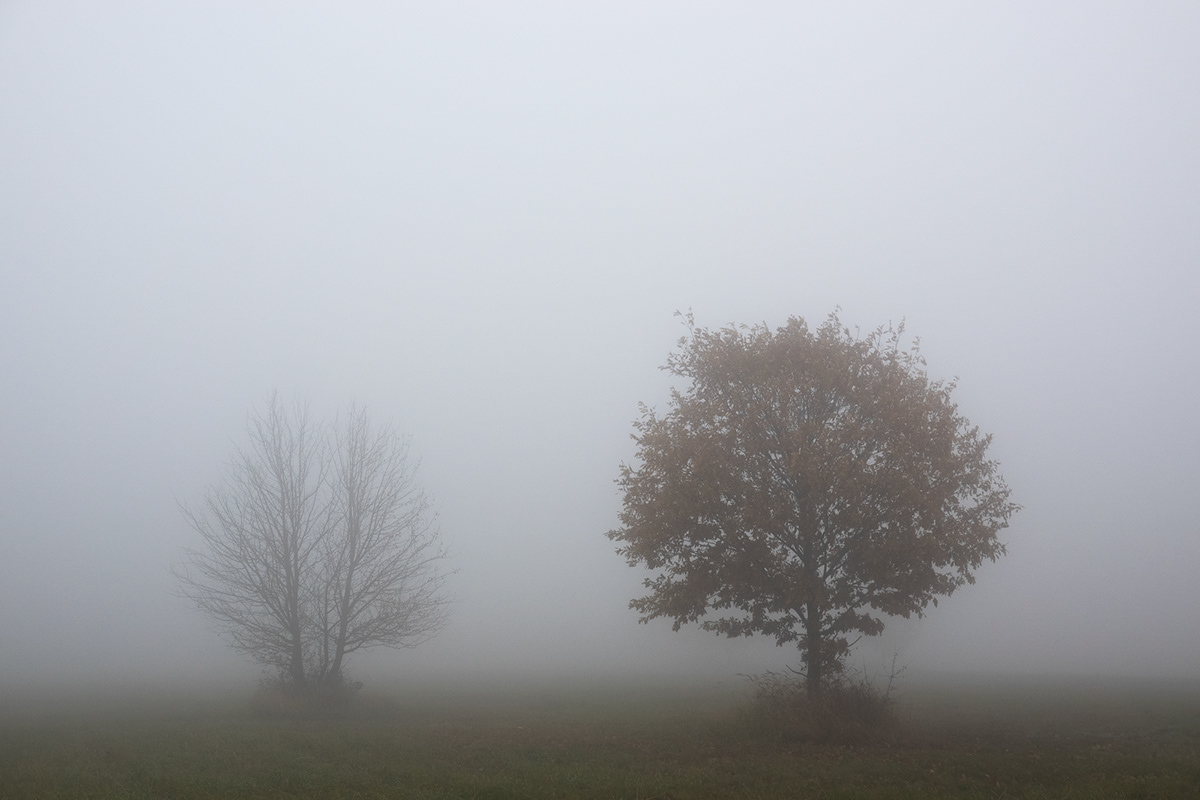THE TREES
Trees contribute to their environment by providing oxygen, improving air quality, climate amelioration, conserving water, preserving soil, and supporting wildlife. During the process of photosynthesis, trees take in carbon dioxide and produce the oxygen we breathe.



According to the U.S. Department of Agriculture, “One acre of forest absorbs six tons of carbon dioxide and puts out four tons of oxygen. This is enough to meet the annual needs of 18 people.” Trees, shrubs and turf also filter air by removing dust and absorbing other pollutants like carbon monoxide, sulfur dioxide and nitrogen dioxide. After trees intercept unhealthy particles, rain washes them to the ground.


Trees control climate by moderating the effects of the sun, rain and wind. Leaves absorb and filter the sun’s radiant energy, keeping things cool in summer. Trees also preserve warmth by providing a screen from harsh wind. In addition to influencing wind speed and direction, they shield us from the downfall of rain, sleet and hail. Trees also lower the air temperature and reduce the heat intensity of the greenhouse effect by maintaining low levels of carbon dioxide.

Both above and below ground, trees are essential to the eco-systems in which they reside. Far reaching roots hold soil in place and fight erosion. Trees absorb and store rainwater which reduce runoff and sediment deposit after storms. This helps the ground water supply recharge, prevents the transport of chemicals into streams and prevents flooding. Fallen leaves make excellent compost that enriches soil.


Many animals, including elephants, koalas and giraffes eat leaves for nourishment. Flowers are eaten by monkeys, and nectar is a favorite of birds, bats and many insects. Animals also eat much of the same fruit that we enjoy This process helps disperse seeds over great distances. Of course, hundreds of living creatures call trees their home. Leaf-covered branches keep many animals, such as birds and squirrels, out of the reach of predators.



The main reason we like trees is because they are both beautiful and majestic. No two are alike. Different species display a seemingly endless variety of shapes, forms, textures and vibrant colors. Even individual trees vary their appearance throughout the course of the year as the seasons change. The strength, long lifespan and regal stature of trees give them a monument-like quality. Most of us react to the presence of trees with a pleasant, relaxed, comfortable feeling. In fact, many people plant trees as living memorials of life-changing events.


Trees help record the history of your family as they grow and develop alongside you and your kids. We often make an emotional connection with trees we plant or become personally attached to the ones that we see every day. These strong bonds are evidenced by the hundreds of groups and organizations across the country that go to great lengths to protect and save particularly large or historic trees from the dangers of modern development. How many of your childhood memories include the trees in your backyard or old neighborhood? The sentimental value of a special tree is simply immeasurable.


Trees have supported and sustained life throughout our existence. They have a wide variety of practical and commercial uses. Wood was the very first fuel, and is still used for cooking and heating by about half of the world’s population. Trees provide timber for building construction, furniture manufacture, tools, sporting equipment, and thousands of household items. Wood pulp is used to make paper.

Prints are available for sale. Feel free to drop me a direct message here or on instagram to help you find the best match for your interior.

